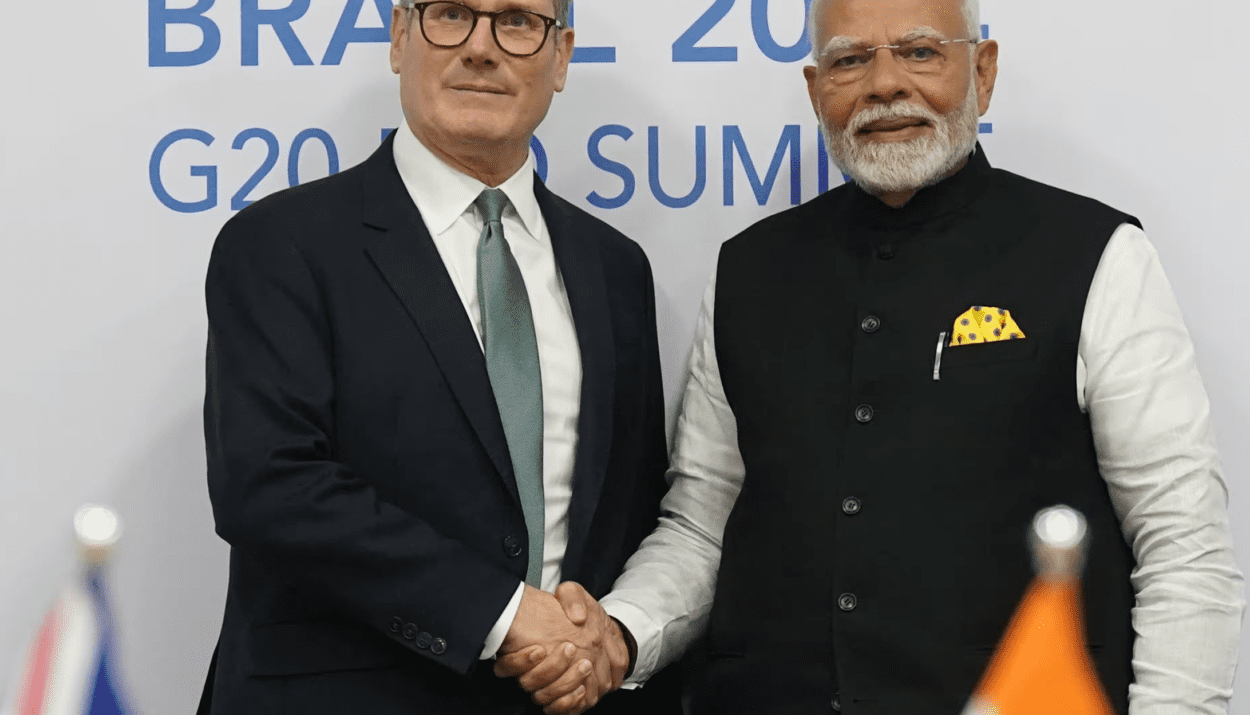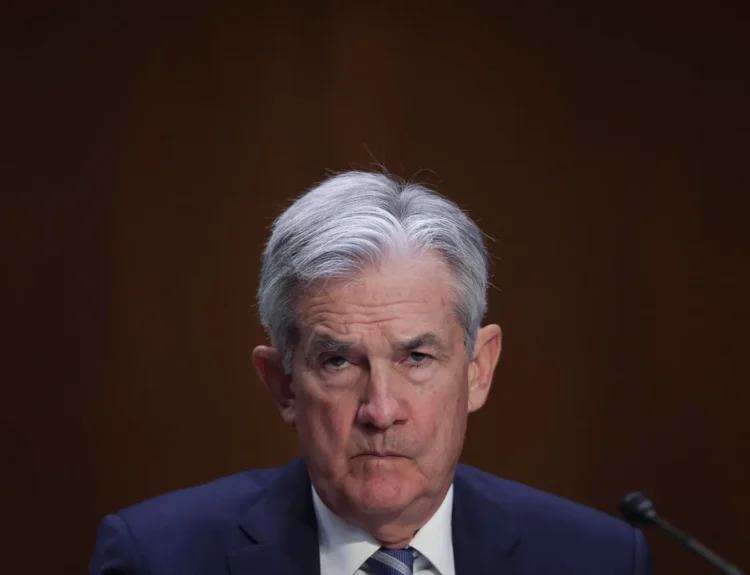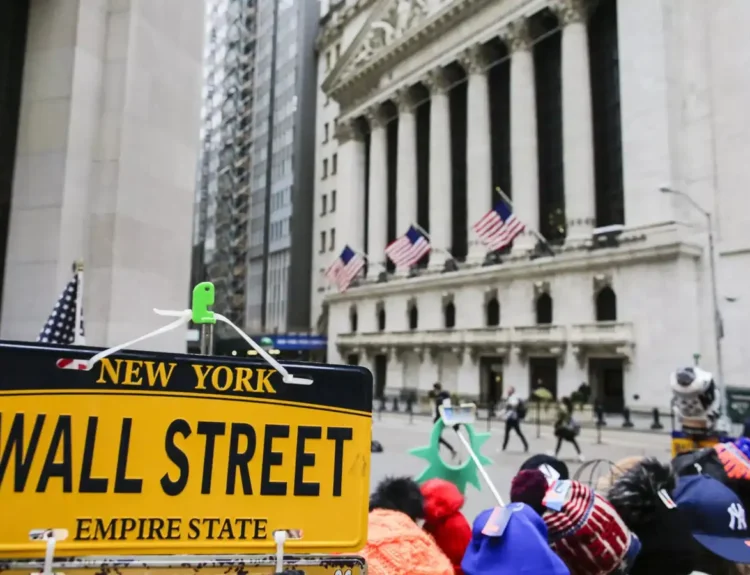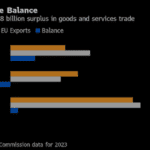The UK and India have reached a long-awaited free trade agreement after three years of negotiations — a deal hailed as one of the biggest post-Brexit economic wins for Britain. UK Prime Minister Keir Starmer called it a “landmark deal” that will “grow the economy and deliver for British people and business.”
Economic Impact
- Expected to add £4.8 billion per year to UK GDP by 2040
- Could boost bilateral trade by £25.5 billion by 2040
- Projected to raise UK wages by £2.2 billion annually
Tariff Cuts to Hit Key Sectors
- India will halve whisky and gin tariffs from 150% to 75%, dropping to 40% over 10 years
- Tariffs on UK cars will fall from 100% to 10%, with export quotas
- Tariff cuts across 90% of British product lines, including cosmetics, lamb, salmon, biscuits, airplane parts, and electrical machinery — valued at £400 million
The UK, in return, will lower tariffs on Indian clothing, footwear, and food, bringing cheaper goods and more choices to British consumers.
Strategic Wins and Outstanding Issues
- A “double contribution convention” means Indian and British workers temporarily abroad won’t pay national insurance for three years.
- No changes to UK immigration policy, but eased visa routes for Indian professionals in some sectors.
- No carbon tax exemption yet; negotiations continue.
- Commitments on anti-corruption, gender equality, environmental, and labor standards included.
Mark Kent, CEO of the Scotch Whisky Association, called it a “once-in-a-generation deal” that could boost scotch exports to India by £1 billion over five years, creating 1,200 jobs in the UK.
This is the largest trade deal Britain has signed since leaving the EU. The agreement eluded former Conservative leaders Boris Johnson, Liz Truss, and Rishi Sunak, but under Starmer’s government, it finally crossed the finish line.
The UK business and trade secretary, Jonathan Reynolds, and India’s commerce minister, Piyush Goyal, hammered out the final details last week, working nonstop through the weekend.
What’s Next?
Modi and Starmer are expected to meet soon for an official signing ceremony in India. Analysts say the deal could ease pressures on UK industries hurt by Trump-era U.S. tariffs, strengthen UK-India ties, and set the stage for a future bilateral investment treaty
This deal is not just about tariffs — it’s about positioning the UK in the post-Brexit global economy and unlocking new growth channels in one of the world’s fastest-growing markets. Expect significant market, business, and political ripples in the months ahead.
Disclosure: This article does not represent investment advice. The content and materials featured on this page are for educational purposes only.
Related:
EU Eyes €100 Billion of US Goods With Tariffs If Talks Fail
China, Japan and South Korea will jointly respond to US tariffs
Supermicro Q3 Fiscal 2025 Earnings Preview and Prediction: What to Expect
Palantir Q1 2025 Earnings Report — Why the Stock Popped (Then Dropped)
Rivian (RIVN) Q1 2025 Earnings Preview and Prediction: What to Expect










